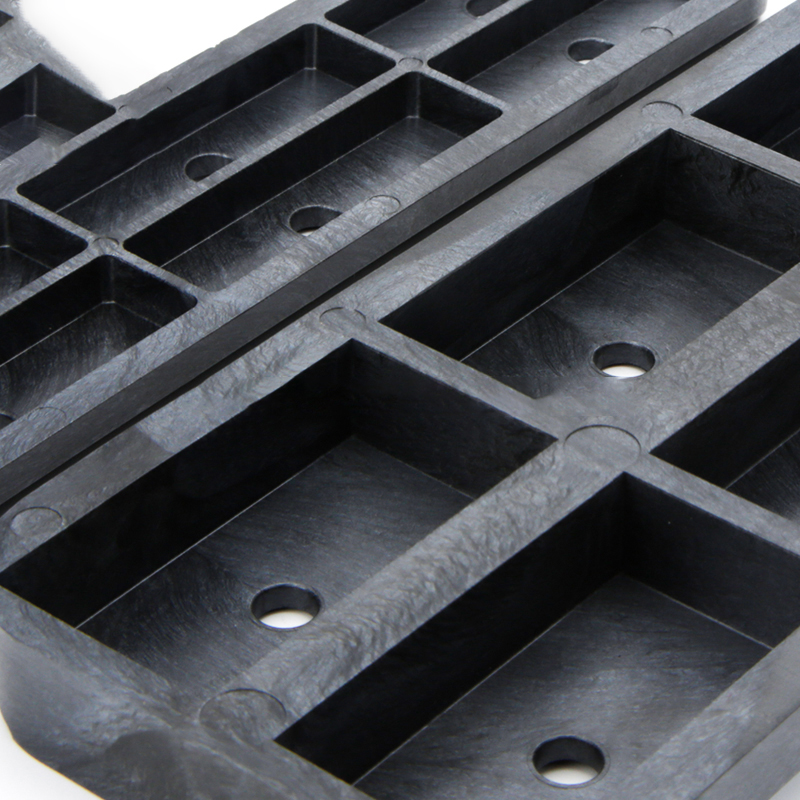Table of Contents
How to Measure and Control Surface Roughness in Injection Molded Plastic Parts
Measuring and controlling surface roughness in injection molded plastic parts is an important part of the manufacturing process. It is important to ensure that the parts have the desired finish and that the surface is free from defects.
| Product Name | our services |
| Plastic injection molding parts | one-stop services |
The first step in measuring and controlling surface roughness is to determine the desired surface finish. This can be done by using a surface roughness tester, which measures the surface roughness in micrometers. Once the desired surface finish is determined, the injection molding process can be adjusted to achieve the desired result.

The next step is to measure the surface roughness of the parts after they have been injection molded. This can be done by using a surface roughness tester or a profilometer. These instruments measure the surface roughness in micrometers and can be used to compare the surface roughness of the parts before and after injection molding.
Once the surface roughness of the parts has been measured, the injection molding process can be adjusted to achieve the desired result. This can be done by changing the injection pressure, the injection speed, the mold temperature, and the cooling time. It is important to make sure that the injection molding process is optimized to achieve the desired surface finish.
Finally, it is important to monitor the surface roughness of the parts over time. This can be done by using a surface roughness tester or a profilometer. By monitoring the surface roughness of the parts, any changes in the injection molding process can be identified and corrected.
Measuring and controlling surface roughness in injection molded plastic parts is an important part of the manufacturing process. By using the right instruments and making the necessary adjustments to the injection molding process, the desired surface finish can be achieved.




